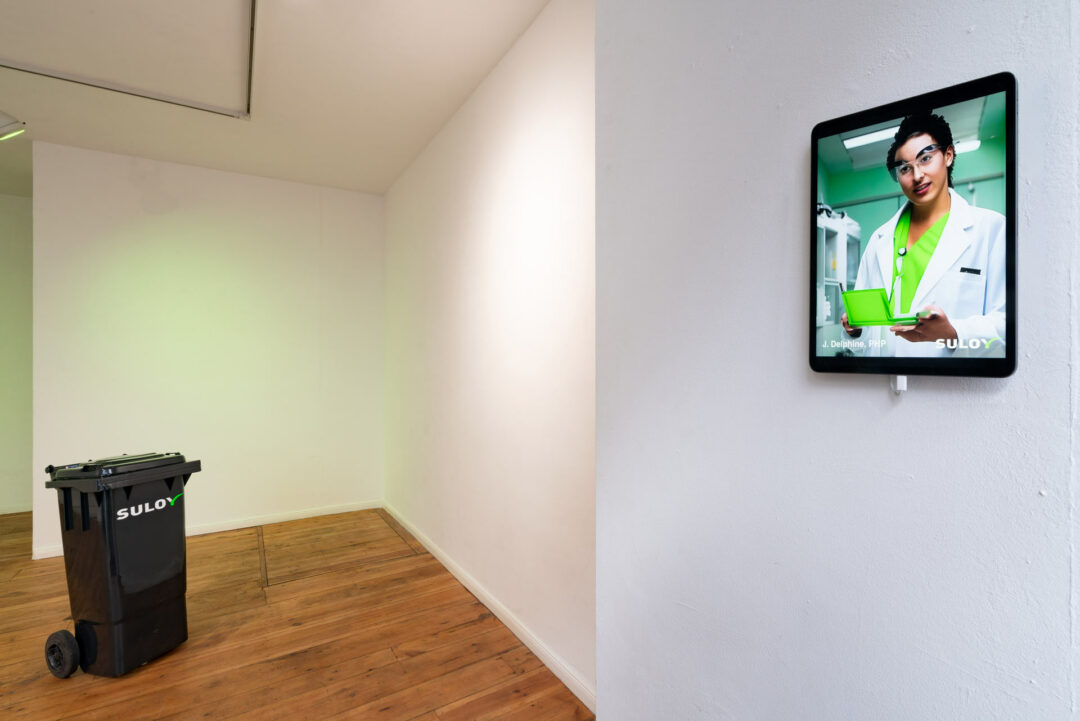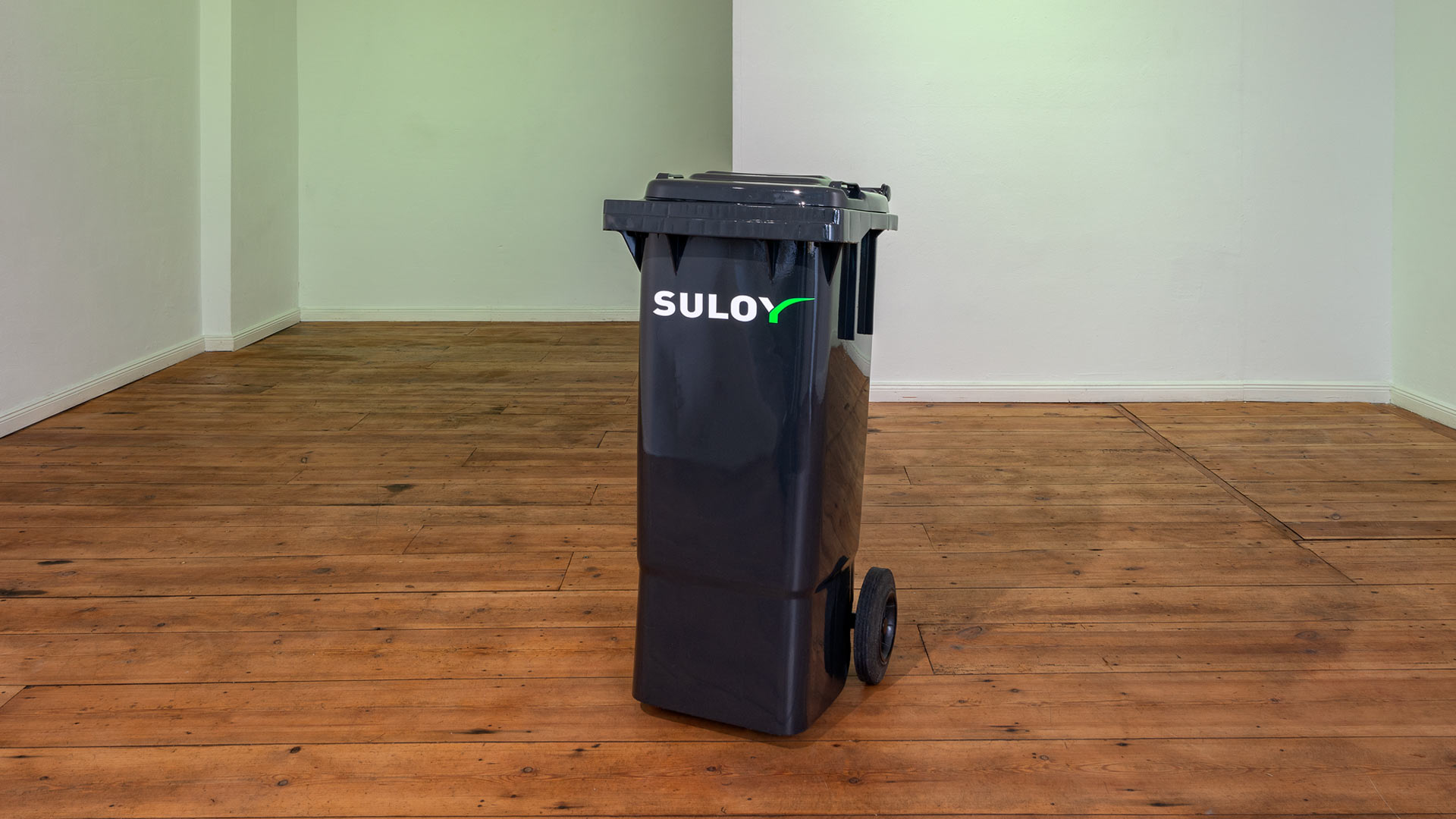Upon form submission, artists are acknowledging acceptance of the following terms and conditions:
§1 TERMS OF AGREEMENT
This event is open to artists globally. Artists are eligible to submit one piece of their own artwork. The sales agreement comes into effect when Weserhalle successfully auctions the artwork. Until such a sale, the artwork remains in the artist’s possession. Should a sale occur, Weserhalle will retain a commission of 50% of the final price.
§2 SUBMISSION REQUIREMENTS
Artists are invited to submit artwork of any size, subject to a non-refundable entry fee of ten euros. However, any artwork with a dimension exceeding 80 cm will only be eligible for online presentation. For artworks over 80 cm, a high-quality photo emailed to us will suffice for both submission and online presentation. In special cases, we may request the physical artwork for the exhibition, though providing it will remain entirely optional for the artist. Artists are responsible for ensuring the accuracy of their submitted information, as inaccurate details could result in disqualification. Weserhalle reserves the right to refuse artworks based on physical inspection.
§3 ARTIST RESPONSIBILITIES
Artists affirm the authenticity of their submitted artwork and assert it neither infringes upon others’ rights nor has defects. Artwork on paper must be framed, with the framing cost borne by the artist.
§4 DELIVERY AND RETRIEVAL OF ARTWORK
Selected artists must deliver their artwork to Weserhalle by the stated due date, bearing all associated costs. Unsold work, to be collected within a week post-auction, remains their property. All delivery and collection costs are the artist’s responsibility.
§5 USAGE RIGHTS
Artists provide Weserhalle with permission to utilise images of the artwork for promotional activities across different platforms.
§6 DISPLAY OF ARTWORK
Artwork will be displayed on the Weserhalle website during the auction, with the possibility, but not the guarantee, of physical showcasing at the Weserhalle venue.
§7 PRICING AND SALES POLICY
Artists set an estimated value and a minimum bid for their artwork. Weserhalle has the prerogative to negotiate these amounts. The highest bid constitutes the final sale price. Artists are not allowed to bid on their own work. In case of violation of this norm, the artist will owe Weserhalle 50% of their artwork’s estimated value.
§8 FEEDBACK POLICY
Due to the high volume of submissions, individual feedback on entries cannot be provided.

